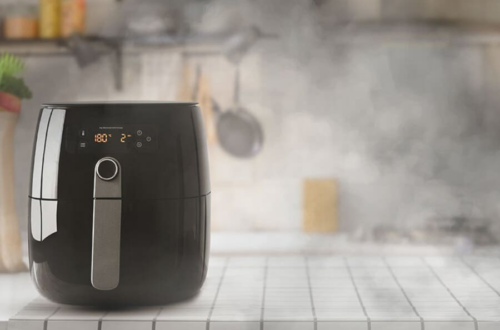10 Essential Anemometer Uses: From Weather Forecasting to Industrial Applications
10 Essential Anemometer Uses
Anemometers are versatile instruments widely employed across various sectors. These devices measure wind speed and direction, offering critical data for numerous applications.
Weather Forecasting
Meteorologists rely on anemometers to predict weather patterns accurately. By analyzing wind data, forecasts become more reliable, aiding in storm warnings and climate studies.
Industrial Applications
In industrial settings, monitoring airflow is crucial for safety and efficiency. Anemometers help in HVAC systems, ensuring optimal ventilation and energy usage.
Aviation and Maritime
Pilots and sailors use anemometers to assess wind conditions, enhancing navigation safety. Accurate wind measurements prevent accidents and improve route planning.
Renewable Energy
Wind farms utilize anemometers to site turbines effectively. Maximizing energy output depends on precise wind data collection over time.
Environmental Research
Scientists study wind patterns to understand ecological impacts. Anemometers provide data for pollution dispersion models and habitat assessments.
Sports and Recreation
From sailing to skydiving, wind measurements ensure safety and performance. Enthusiasts use portable anemometers for real-time conditions.
Agriculture
Farmers monitor wind to protect crops and manage irrigation. Wind data aids in preventing soil erosion and optimizing pesticide application.
Construction Safety
On construction sites, anemometers detect high winds, ensuring worker safety. Cranes and scaffolding operations halt under dangerous conditions.
Education and Training
Educational institutions use anemometers for hands-on learning. Students grasp meteorology and physics concepts through practical wind measurement.
Home and DIY Projects
Homeowners employ anemometers for gardening, ventilation checks, and outdoor event planning. Affordable models make wind data accessible to all.
Frequently Asked Questions
How does an anemometer work?
Anemometers operate using cups, vanes, or ultrasonic sensors to measure wind speed and direction, converting physical movement into data.
Why are anemometer uses important?
They provide essential wind data for safety, efficiency, and research across multiple fields, from forecasting to industrial operations.
Explore detailed anemometer uses to enhance your projects or professional needs.
Ready to optimize your operations with accurate wind data? Discover premium anemometers tailored for your specific applications today!


